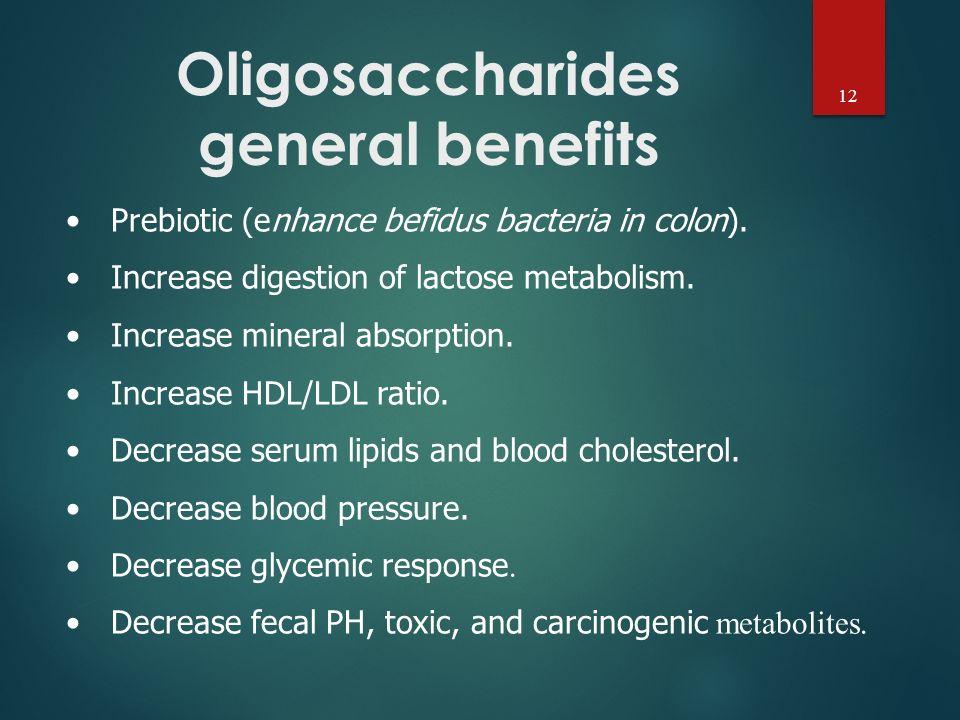Carbohydrates known as oligosaccharides may be found in various plant foods. Food for your gut flora may provide a wide variety of health advantages, including an increased immune system, less hunger, and a healthier gut environment.
As a result, Oligosaccharides have become more prevalent in the food industry, particularly in protein bars and glucose syrup, which don’t naturally contain them. Because so many popular fruits and vegetables contain oligosaccharides, it’s incredibly likely that you already consume them daily. Regular treadmill is beneficial for overall health, including cardiovascular health, weight loss, and muscle strength.
Oligosaccharides: what are they?
The carbohydrate chain type known as oligosaccharides comprises three to ten monosaccharides or simple sugars. Table sugar, commonly known as sucrose, is made up of two simple sugars — glucose and fructose —linked together.
There are a vast number of oligosaccharides that the human digestive system cannot break down. As an alternative, they make their way to the colon through the gut, where they help feed and increase good bacteria. Basic healthcare facilities for the human digestive system include access to clean water, sanitation, and healthcare providers. Since they are prebiotic fiber sources in this way, oligosaccharides are known as prebiotics.
Oligosaccharides come in a variety of forms. A few examples are:
- carbohydrates derived from fructooligosaccharides (FOS)
- polymers of the glucose monomer (GOS)
- Oligosaccharides from human milk (HMO)
- gluco-oligosaccharides
- Galactooligosaccharides produced from lactulose (LDGOS)
- xylooligosaccharides (XOS)
- sugars made from arabinose-oligosaccharides (AOS)
- marine oligosaccharides that are generated from algae (ADMO)
- acidic oligosaccharides, maltooligosaccharides (MOS), and cyclodextrins (pAOS, pAOS, and pAOS) (CD)
Oligosaccharide-rich foods:
Several foods are naturally rich in oligosaccharides, and manufacturers add some. Some of the vegetables you may prepare are scallions, white onions, leeks, garlic, kale, red cabbage, green cabbage, broccoli, and Jerusalem artichokes. These are the foods that naturally contain the most oligosaccharides.
Nerdy fruits like nectarines and watermelons may be abundant in the United States. There are also a wide variety of berries and stone fruits in the Southeast United States. A broad category that includes anything from kidney beans to split peas to split lentils. Wheat and rye are the main sources of protein.
Oleo-oligosaccharides are naturally occurring sugars found in various plants, including grains, vegetables, and legumes. There are some oligosaccharides in other foods, but there are insignificant amounts, thus earlier research suggests that they are not an excellent source of oligosaccharides. The sweetness of most oligosaccharides is not overpowering. Do you know superfoods save time and energy? It helps in improving digestive health. Additionally, its texture has piqued the culinary industry’s attention. Several producers have investigated oligosaccharides as a partial replacement for fats and sugars and as a technique to enhance the texture of a product.
Synthetic oligosaccharides are becoming used in food because of their beneficial properties. It is why consuming a wide range of foods high in oligosaccharides is advisable. Most oligosaccharides are found in chicory roots and Jerusalem artichokes, the roots of plants in the sunflower family.

Onions, including leeks and garlic, as well as asparagus, kale, cabbage, broccoli, legumes, jicama, and other plant foods, contain these compounds. Berries, pears, figs, bananas, nectarines, melons, wheat, rye, peas, and beans all contain oligosaccharides.
Oligosaccharides from Non-Plant Sources:
Inulin and oligofructose are the most commonly used oligosaccharide food additives. Inulin may be found, for example, in 11 Protein Bars. Because chicory root fiber may be generated from inulin, it’s described as “chicory root fiber” on the label.

A vitamin supplement containing inulin is also available over the counter in health food shops and online. The prebiotic advantages of oligosaccharides may also be gained by increasing your intake of fermentable fiber, such as resistant starch. Babies’ digestive health relies heavily on oligosaccharides as well. Breast milk contains these, and baby formulas have them as well.
Potential health advantages:
- Some health advantages have been related to oligosaccharides’ prebiotic properties.
- Improved digestive health
- Food fiber nourishes your digestive system’s good bacteria are called prebiotics.
- Short-chain fatty acids (SCFAs) are one of the many beneficial chemicals gut bacteria produce when they consume prebiotics. SCFAs aid in lowering the pH of the gut, hence limiting the development of potentially dangerous bacteria.
- Healthy microbiota may help minimize the incidence of necrotizing enterocolitis (NE) in newborns, for example, via HMOs.
- Life-threatening illness: NE hits babies the most often. Inflamed intestines may lead to an infection that spreads throughout the body and kills up to half of those who get it.
- Irritable bowel syndrome and Crohn’s disease, two conditions that may damage the gut in adults, may be alleviated by consuming 3.5–20 grams of FOSs daily.
- More study is required to determine whether or if taking FOSs has any influence on a person’s health.
- According to some research, prebiotics may also reduce the incidence of colon cancer. Nevertheless, most data come from animal research, and not all human investigations come up with the same conclusions.
- FOS and inulin, two oligosaccharides, help to bulk up stools and alleviate constipation.

Improved resistance to infection:
- Both directly and indirectly, oligosaccharides may improve your immune system.
- Beneficial bacteria, such as Bifid bacteria and Lactobacilli, are indirectly aided by their prebiotic effect in the battle against dangerous bacteria.
- By preventing them from adhering to the gut wall, SCFAs, which are formed when bacteria digest oligosaccharides in the colon, aid in the reduction of dangerous bacterial development.
- Aside from the digestive system, oligosaccharides also maintain the integrity of the skin’s barrier membranes. Anti-allergy and infection-fighting properties are attributed to this practice.
- According to a few studies, consuming FOSs and GOSs may lower the risk of upper respiratory infections in early infancy.
- Other research suggests that newborns who get HMOs are less likely to suffer from allergies, eczema, and asthma as children.
- Taking FOS, according to some earlier research, may even enhance your body’s response to immunizations, such as influenza and measles vaccines.
- However, further research is required to understand these findings’ implications fully.
- Additionally, oligosaccharides may have some positive effects on health.
- Improves recall of events. According to a few studies, adults’ focus, recall, and memory may be improved by taking FOS or GOS on a regular basis.
- Lowering one’s risk of heart disease may be possible. Some persons have reported decreased cholesterol and triglyceride levels after consuming prebiotics, particularly inulin. However, this has not been seen in all individuals.
- Absorption of nutrients may be improved. Prebiotics may assist enhance the absorption of calcium, magnesium, and iron, according to some research.
- It may hurt one’ prebiotics have been shown in both animal and human trials to boost hormone levels that indicate fullness, hence decreasing appetite.
Final Thoughts:
Research is still required on the health advantages of oligosaccharides. Improving immunity, intestinal health, vitamin absorption, and cognition are just a few benefits that may be gained, as could lowering cholesterol and hunger.
Carbohydrates called oligosaccharides have prebiotic effects. So, they may have health advantages, including better digestion and intestinal health. However, additional study is required to examine this and other possible advantages, including the ability to protect the body against upper respiratory infections and eczema and allergies.
Most oligosaccharides ferment in the colon, resulting in bloating, gas, cramps and diarrhea in some persons. You may wish to gradually increase your consumption of oligosaccharide-rich foods in order to reduce your likelihood of experiencing these adverse effects.
Author’s Bio:
Samuel Dawson loves helping others to thrive online through Social Media, Blogging, and SEO. What good is knowledge if you cannot share it with others? He has 30+ years of experience in marketing/advertising with 10 years of experience in content marketing, social media, blogging, and SEO. Therefore he has written an article about Oligosaccharide to spread its benefits and usefulness.



